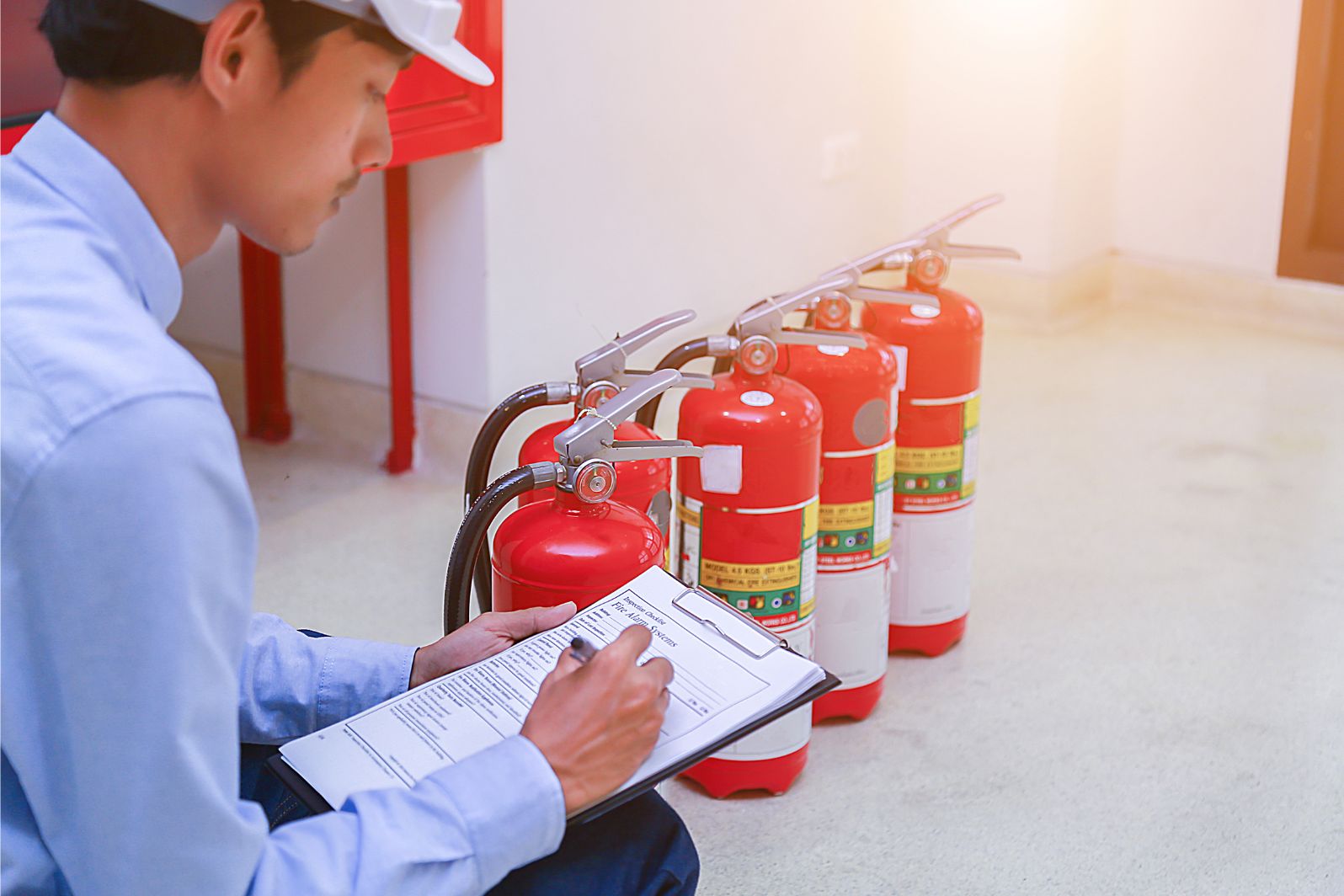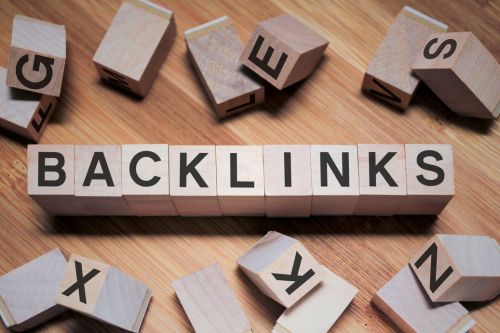Fire protection is vital to building safety. It’s needed for residential, commercial, and industrial buildings.
The right fire protection system can save lives, preserve structures, and minimize damage during a fire outbreak. However, not all fire protection systems are created equal.
Read on to learn about different types of fire protection systems.
Table of Contents
Sprinklers
Fire sprinkler systems are one of the most common types of fire protection systems. These systems have a network of pipes throughout the building with sprinkler heads that activate when exposed to high temperatures. The heat from a fire causes the sprinkler head to burst, releasing water onto the fire and helping to control or extinguish it.
Building codes often require these fire protection systems. They can be found in various buildings, such as hotels, offices, and warehouses.
Sprinklers work well. They can quickly respond to a fire, even when no one is in the building. They also help contain or extinguish fires early, reducing potential damage and saving lives.
Fire Alarms
Fire alarm systems are another essential aspect of fire protection. These systems have sensors that detect smoke, heat, or flames and trigger an alarm to alert occupants of a potential fire. They can also automatically notify emergency responders, minimizing response time.
Fire alarms are usually connected to a control panel. The panel monitors the system’s status and can activate sprinklers or other systems if there is a fire. Regular testing and maintenance of fire alarm systems are crucial to ensure they are working correctly in case of a fire.
Fire Extinguishers
Fire extinguishers are portable devices that contain chemicals or water to help control or extinguish fires. They can be found throughout a building, making them easily accessible during an emergency. Fire extinguishers come in different types, each designed to combat specific types of fires.
Be sure to read more about fire watch requirements. Fire extinguishers are key to a building’s fire protection.
But, they should not be the only protection. In a large or spreading fire, occupants should evacuate the building and wait for emergency responders.
Fire Suppression Systems
In addition to sprinklers, other fire suppression systems can help control or extinguish fires. One example is a clean agent system, which uses gas or chemical agents to suppress fires without using water. These systems, such as data centers or museums, are often used where water could cause more damage.
Another type of fire suppression system is the foam-based system, which creates a blanket of foam over a fire to smother it. These systems are standard in areas where flammable liquids or gases are present, such as fuel storage facilities.
Fireproofing Materials
It’s essential to consider passive fire protection measures. Fireproofing materials can help prevent or slow down the spread of flames and heat in a building. These materials include fire-resistant drywall, intumescent coatings, and fire doors.
Well-installed fireproofing greatly improves a building’s fire safety. It buys time for people to evacuate safely. This can also increase home value and lower insurance rates for residential properties.
Investing in Fire Protection Systems
There are various types of fire protection systems that can help keep buildings and occupants safe during a fire. It’s essential to have a comprehensive plan that includes active and passive fire protection measures. Regular maintenance and testing of these systems are crucial to ensure they function correctly when needed.
If you enjoyed this article and would like to read more like it, please check out the rest of our blog today.



